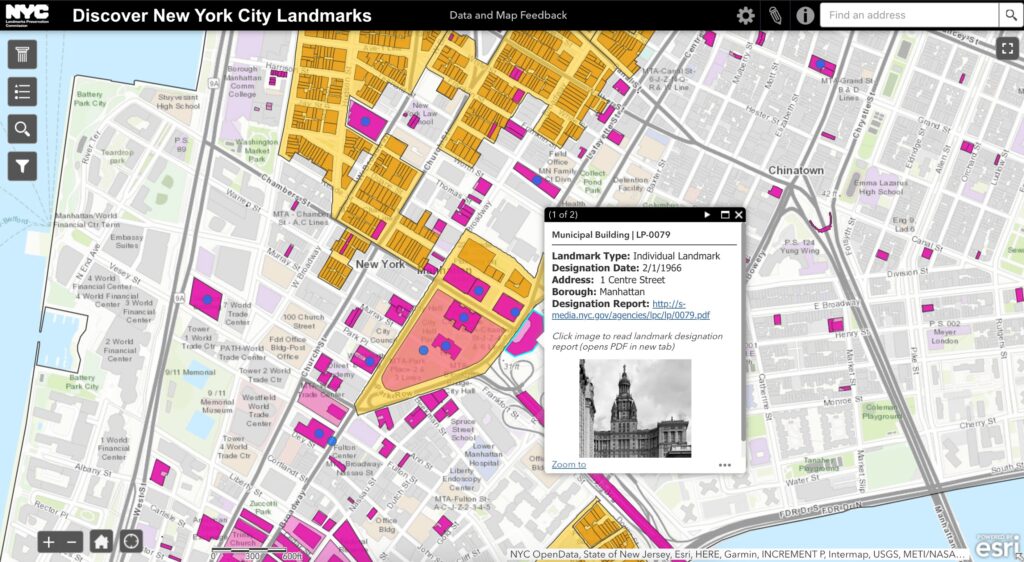Gut Renovations have a tough reputation, and we are here to share insights on how to have a delightful experience instead. We provide links to more in-depth articles below.
Our clients have told us that the most significant factor in reducing the stress of a renovation process is reducing uncertainty. When you start your renovation project with an understanding of the critical steps in the process, you will reduce your uncertainty.
Each of the following elements is an introduction to later, more in-depth articles. We will link to them in this article. If you want them in your inbox as soon as we post them, sign up here.
Step #1: Know your collaborators
Every renovation has a quartet of players who all must play the same tune to get optimal results. An attitude of collaboration will improve the outcome and the experience for everyone. If you know who is responsible for what, you will prevent the frustration or resolve a bottleneck more quickly.
Your team is You, your Building, your Architect, and your General Contractor.
- You are responsible for knowing your budget and your timeline.
- Building: If you do not own it, This includes the Management company, their reviewing Architect, and the Board.
- Architect: They provide expertise on making improvements legally and beautifully. They will also have insights about expediters and the DOB; they must be licensed in the State of NY to file work in New York State.
- General Contractor: Select your GC for the quality of their work and their ability to complete on. They must be licensed by the City of New York.



[West End Grand Five]
photos: Eduard Hueber © archphoto.com / © AKA / Eduard Hueber © archphoto.com
Step #2: Understand the approval processes
The approvals required for your project impact your timeline; knowing the stages will begin to help you understand why it takes so long.
In NYC, you have three organizations that govern approvals; here’s what they are and why they exist.
- Condo / Coop board, interested in maintaining the shared physical asset, is your building structure and infrastructure. They are interested in treating all residents fairly. Not relevant if you own your building.
- NYC’s Landmarks Preservation Commission (LPC) established “to preserve the aesthetically and historically important buildings, structures, and other objects that make up the New York City vista.” They seek to maintain the unique look and feel of New York while not impeding growth. For interior-only renovations, you will be seeking a “certificate of no effect.”
- DOB (Department of Buildings): They govern the what and how of construction safety. The process for an interior renovation is straight forward and the process will be navigated for you if you hire an experienced architect and an expediter. They will complete the paperwork and will navigate the process for you. Once approved, your GC will be able to pull a permit, and once complete, they will issue a Letter of Completion (LOC).

Step #3: Understand your budget
Your budget is under your control. We have found that our clients fall into two categories, the Budget Client and the Value Client (sign up and we will send you our quiz). Knowing who you are and communicating that to your architect is essential for an enjoyable design process.
We recommend that you calculate your construction budget in the following way
- $/SF for an apartment
- $/SF for a kitchen or bathroom
- Triangulate between these
Step #4: Understand the schedule
You and your architect will determine what work to do, and they will give you visibility about the process. Changes will extend the process and may also be essential to your learning curve. In the long run, additional time taken to prepare will create the result that can last a lifetime.
Here are the basic steps
- Spatial Design
- Selections (ongoing until construction)
- Coop Approval
- Landmarks approval
- DOB approval
- Construction
- Closeout
Your home renovation is an exciting moment in your life, and you should be able to enjoy it just like our clients do!
Want more information? We will be writing more about all of these subjects; if you want them in your inbox as soon as we post them, sign up here.

Allegra Kochman
About the Author
Allegra has a BA with Honors from Dartmouth College and a Master of Architecture from Columbia University. She aims to write straightforward and practical content for those who want to gut renovate their homes.

